CO2 Efficient Transport via Ocean - CETO
The CETO project explored the fundamental aspects of the low-pressure CO2 transport value chain.
The novelty elements, associated risks and uncertainties of a low-pressure CO2 ship transport value chain were investigated and de-risked through extensive technology qualification activities. The findings indicate that there are no technological barriers preventing the deployment of a low-pressure solution, and the technology is ready for first use.
The key elements identified for attention during project development include:
Liquefaction plant
The conceptual design of the liquefaction plant is feasible, addressing material and equipment selection, operating modes, storage, loading means and handling of contaminants. Moreover, the experimental programme executed in synergy with the Norwegian CCS Research Centre (NCCS) provided evidence for the liquefaction of CO2 at low pressure.
Ship and cargo tank
The conceptual design of the ship and cargo tank concluded that a dedicated liquid CO2 carrier with a design pressure of 10 barg can be designed according to the relevant rules and regulations and with sufficient efficiency in terms of transported and emitted CO2.
Due to the high density of liquid CO2 and the dimensions of the tank, fatigue and the local strength of tank supports, as well as the effect of sloshing, need thorough consideration, as these will have potential consequences for the design, scantlings and weight of the cargo tank.
The design activity of the containment system identified solutions limiting the fatigue stresses, but with increased design complexity and steel weight. The current study did not identify a suitable design solution for the sloshing bulkhead. Hence, further work is recommended both regarding sloshing loads and structural design where sloshing is a design scenario.
 |
|
General arrangement for the dedicated 30,000 cbm LCO2 carrier |
Material selection for cargo tank
The appropriate selection of the material for the containment system needs to be addressed in a project phase considering mechanical properties, low-temperature performance, and cost. The tested extra-high strength, carbon-manganese steel (P690) did not meet the performance criteria at the design temperature of –55°C.
At the current stage, the selection of IGC-compliant steel grades suitable for low-temperature applications, such as nickel alloys or carbon-manganese steels with a yield strength below 410 MPa, are recommended. Alternatively, the suitability of carbon-manganese steel with yield strength in the around 500 MPa could be investigated.
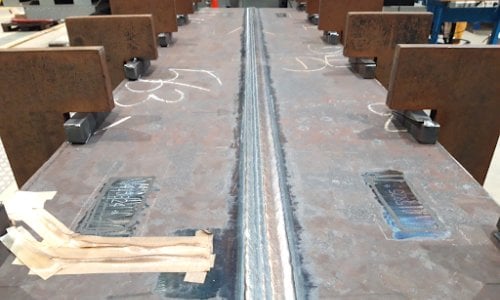 |
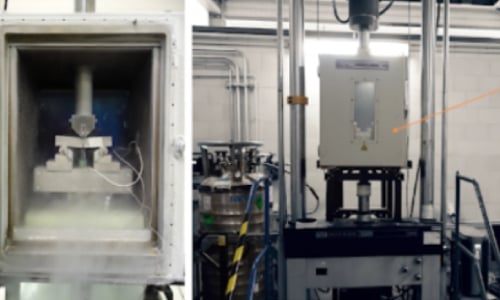 |
| Welding executed on 50 mm plate |
CTOD test at -55°C (in refrigerated chamber) |
Demonstration of the physical handling of liquid and vapour CO2
The handling of liquid and vapour CO2 near the triple point was successfully demonstrated through a medium-scale pilot plant testing campaign, which mimicked a full-scale cargo handling system. The results from the testing campaign indicate that handling operation can reliably be carried out without dry ice formation at vapour pressures in the range of 6 to 9 barg.
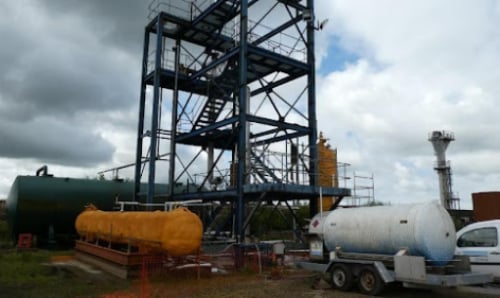 |
 |
|
Medium-scale test rig, featuring a horizontal and a vertical tank representing the ship and onshore tank respectively |
Recording of the liquid product inside the vertical tank during the cargo transfer test |
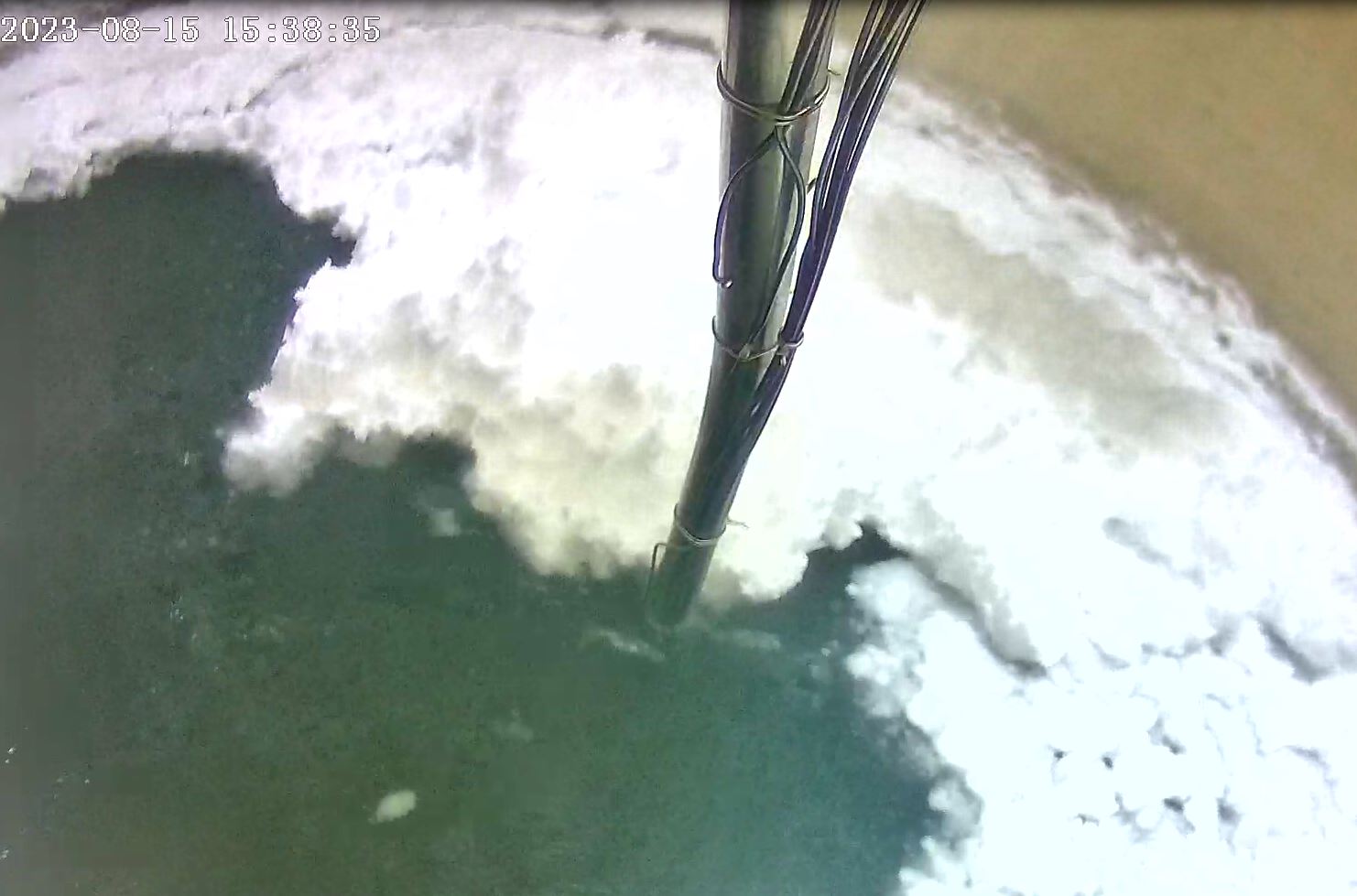 |
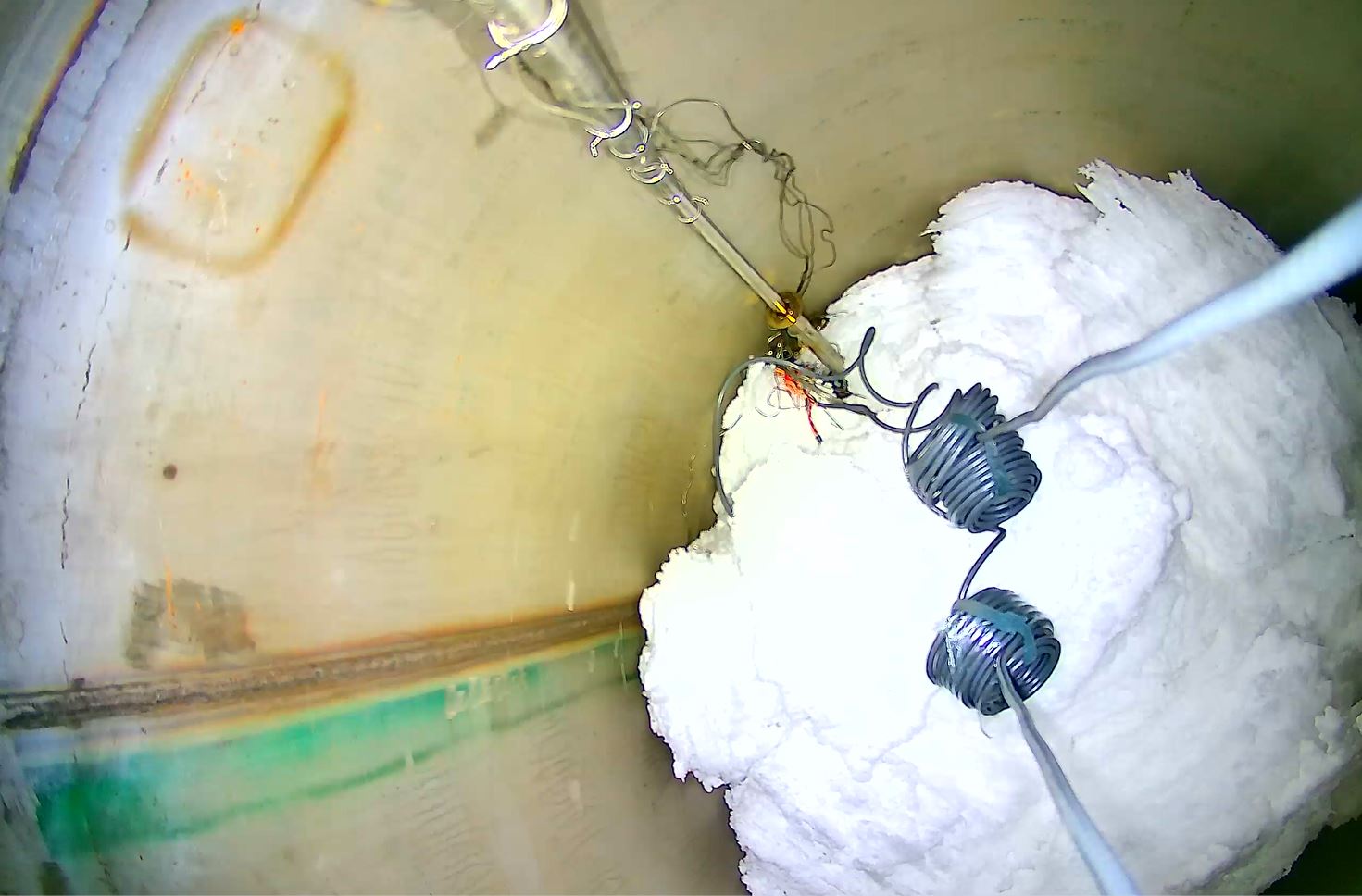 |
|
Dry ice specifically generated through venting event |
|
Dynamic process simulation tools
The accuracy of dynamic process simulation tools was validated and found suitable for full-scale design cases. However, extensive simulations are recommended to ensure pressure control and avoid dry ice formation, leveraging existing LPG and LNG handling experience.
References:
- Michael Drescher, Adil Fahmi , Didier Jamois , Christophe Proust , Esteban Marques-Riquelme, Jed Belgaroui, Leyla Teberikler, Alexandre Laruelle; “Blowdown of CO2 vessels at low and medium pressure conditions: Experiments and simulations” 0957-5820, 2023, Institution of Chemical Engineers. Published by Elsevier Ltd.
Solubility of typical impurities
Data on the solubility of the typical impurities present in liquid CO2 at conditions relevant for low-temperature CO2 ship transport were generated through an experimental testing campaign. The impurities studied were water, hydrogen, oxygen, nitrogen, methane, carbon monoxide and argon. The data were also used for verification and improvement of the thermodynamic prediction models used in commercial process simulation software, increasing the level of confidence.
References:
- Rod Burgass, Antonin Chapoy; “Dehydration requirements for CO2 and impure CO2 for ship transport”; Fluid Phase Equilibria. Volume 572, September 2023, 113830
- Antonin Chapoy, Pezhman Ahmadi, Rod Burgass “Direct Measurement of Hydrate Equilibrium Temperature in CO2 and CO2 Rich Fluids with Low Water Content”, Fluid Phase Equilibria Volume 581, June 2024, 114063
- Franklin Okoro, Antonin Chapoy, Pezhman Ahmadi, Rod Burgass “Effects of non-condensable CCUS impurities (CH4, O2, Ar and N2) on the saturation properties (bubble points) of CO2-rich binary systems at low temperatures (228.15–273.15 K)” Greenhouse Gases: Science & Technology, 26 December 2023
If you would like to read the results in detail, please submit the form below to download our full report.